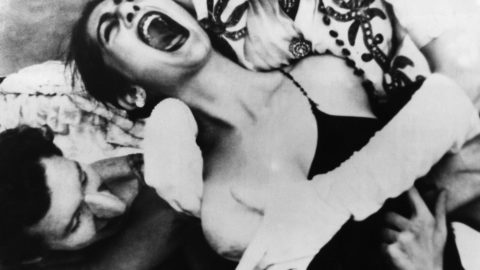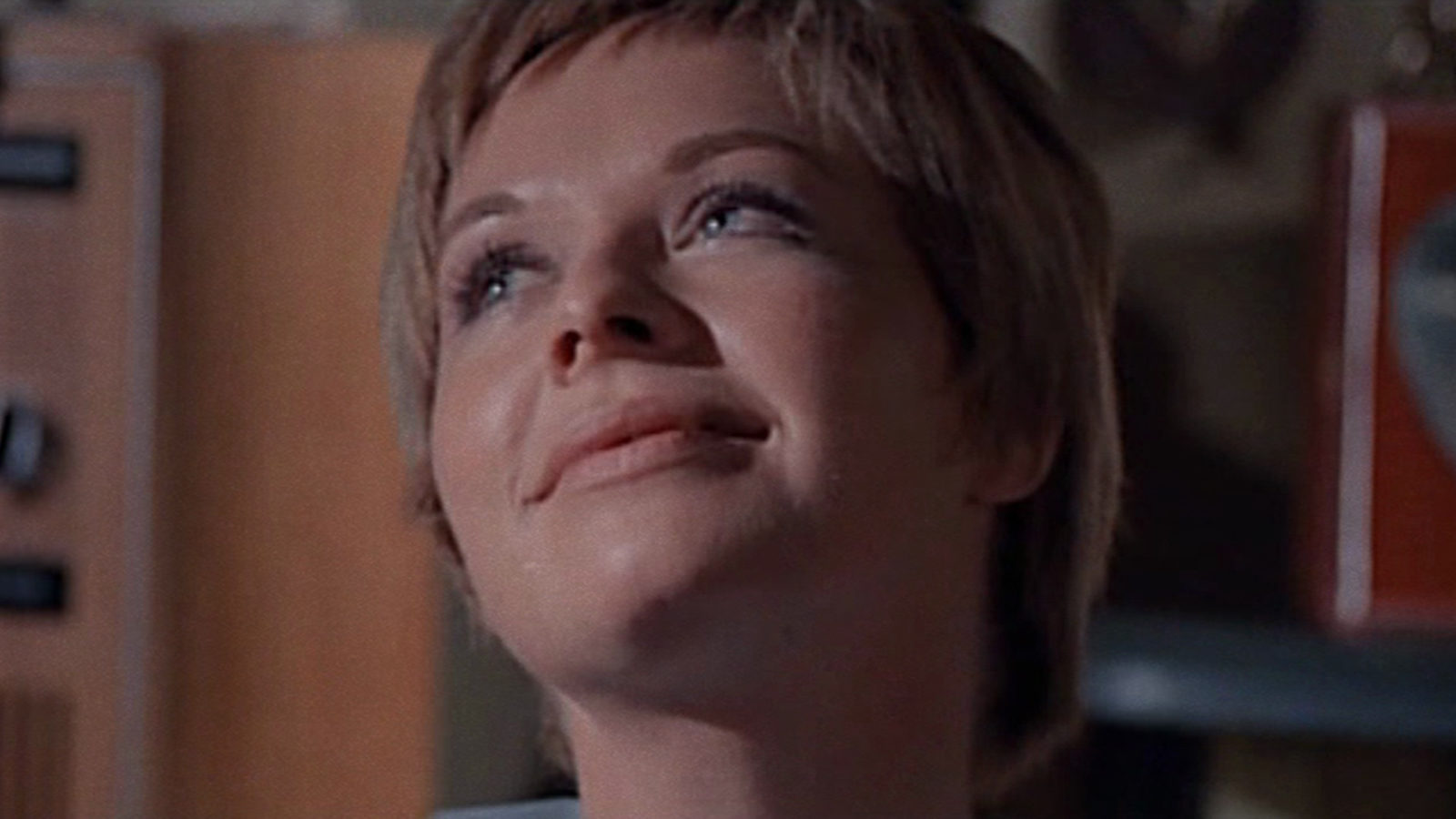
Curious George
Like Gertrude Stein, tweedy, randy, butch June Buckridge, the flawed heroine of The Killing of Sister George, has a fondness for the bovine. Stein liked to write about “making a cow come out,” which meant giving Alice B. Toklas an orgasm; Buckridge, one of the most inimitable characters in Robert Aldrich’s filmography, expressed her disgust with the world by letting out a long, plaintive moo!.
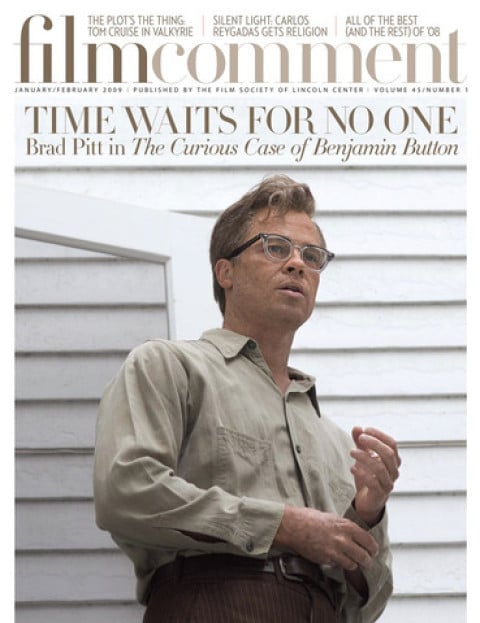
Released in 1968, Aldrich’s film is one of several the director made about the vagaries of stardom—a mini-oeuvre that also includes The Big Knife, What Ever Happened to Baby Jane?, and The Legend of Lylah Clare. While Baby Jane has long been appropriated by gay men, its most famous line (“But you are, Blanche! You are in that chair!”) repeated in bars and drag shows for decades, Sister George remains a lesbian cult classic that has the distinction of being the first “serious” film to receive an X rating.
It was based on Frank Marcus’s London-set 1965 play, which was billed as a “new comedy hit” and opened at New York’s Belasco Theatre in 1966 after a successful West End run. The film, with a screenplay by Lukas Heller, who also wrote Baby Jane, unfolds as a bizarre love triangle. “George” (Beryl Reid, who originated the role onstage), née June Buckridge, is a middle-aged, alcohol-soaked actress on the popular soap opera Applehurst; although she’s nothing like Sister George, the sexless, kindhearted country nurse she plays, her character’s name essentially becomes her own. George lives with her much younger girlfriend, Childie (Susannah York), born Alice McNaught, so nicknamed because of her obsessive attachment to her doll collection. Rupturing the relationship is BBC executive Mrs. Mercy Croft (Coral Browne), who tells George her character is going to die—the “killing” of the title—before diddling Childie and spiriting her away. It was their 119-second love scene (not in the play) that gave the film its X rating.
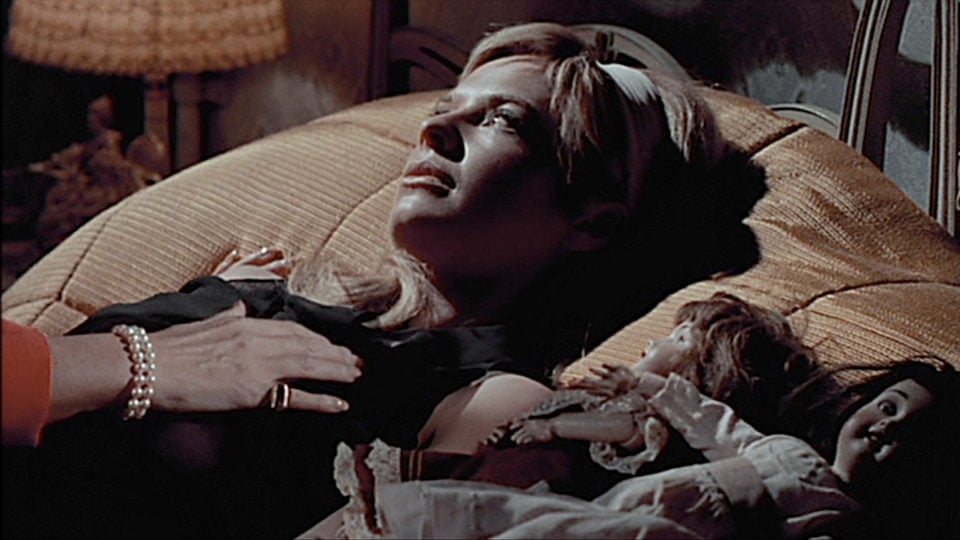
The Killing of Sister George
The film was a box-office flop, thanks to reviews such as that by Renata Adler of The New York Times, who wrote of Mrs. Croft’s seduction of Childie: “Miss Browne approaches the breast with a kind of scholarly interest, like an ichthyologist finding something ambivalent that has drifted up on the beach.” Actually, Adler’s description isn’t too far off the mark, and Sister George certainly wouldn’t win any retroactive GLAAD media awards for its portrayal of a butch-femme couple. George and Childie’s relationship is defined by outrageous sadomasochistic ritual (Childie must kneel before George and eat the butt of her cigar to show contrition) and, at times, outright abuse (Childie is struck by a scone hurled by George during Mrs. Croft’s first visit to their flat).
Yet Aldrich’s film endures not because it’s an example of bad, pre-Stonewall homo images but because of its sly way of celebrating dykes. Though she has lost both her girlfriend and her job (with Mrs. Croft’s humiliating offer to star in the children’s show The World of Clarabelle Cow her sole hope of employment), George is the only character who has not compromised herself or exploited others. Sister George may be the first movie in which an alcoholic, unrepentant butch who molests nuns is redeemed by her unwavering commitment to her sexuality. “Not all girls are raving bloody lesbians, you know,” Childie snarls at George during one of the latter’s jealous rages. “That is a misfortune that I am perfectly well aware of,” the tubby woman retorts.
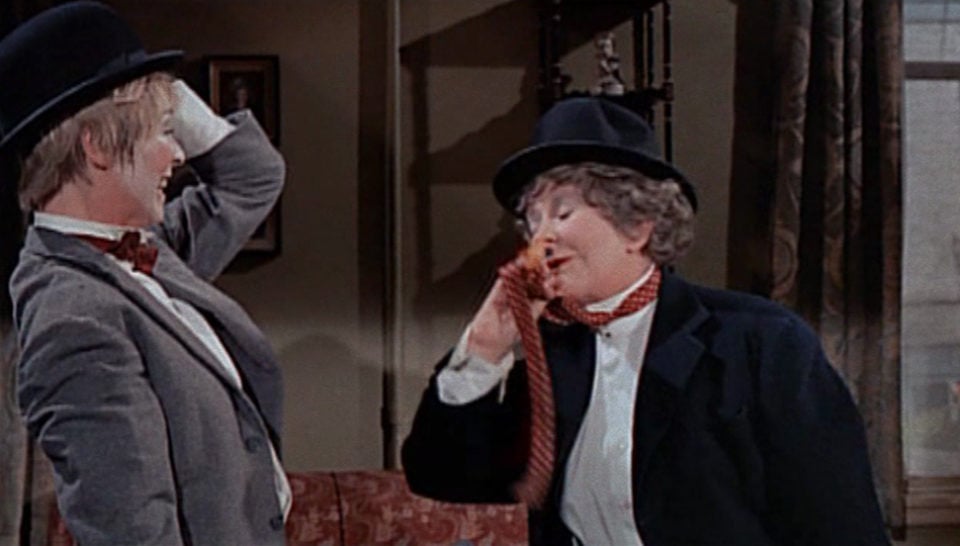
The Killing of Sister George
Where are those raving bloody lesbians to be found? In the Gateways Club, a real lavender night spot on the Kings Road where Aldrich filmed the pivotal scene in which Mrs. Croft tells George and Childie (dressed in drag as Laurel and Hardy) about the fate of the former’s soap character. Actual club patrons were used as extras; to this viewer, the Gateways (which closed in 1985) looks like lesbo paradise—and certainly far more enticing than the dull scenes set at Meow Mix in Kevin Smith’s Chasing Amy. An all-girl quartet, in matching powder-blue sleeveless minidresses and groovy shags, plays both fast and slow; guests are greeted by two dapper women; the club is packed; everyone wants to dance; ladies flirt; the bartender is fast and deft; the pool room is empty. We see the club through first-timer Croft’s eyes, or rather, through the rise and fall of her eyebrow. After descending the staircase to the club’s main entrance, she looks around at all the writhing sapphistry on display. As she joins George and Childie at the bar, she takes another lascivious, fascinated look around: “Yes, it’s most, um, entertaining,” she nervously chuckles.
After the film concludes with George’s moo!, we can be fairly certain the sacked actress won’t be swinging from a noose like Martha Dobie in The Children’s Hour. At least George knows where to find her next girlfriend.



